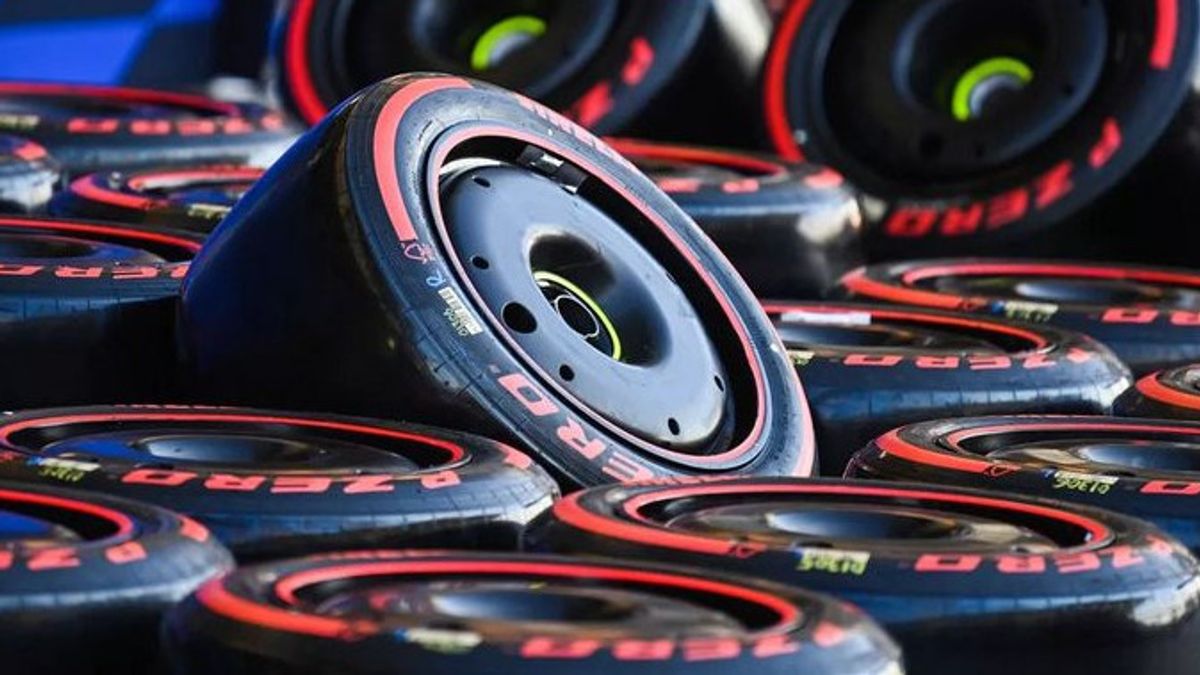JAKARTA - Formula 1 will certainly stick to the 18-inch tire size when new technical regulations are in place in 2026, after the 16-inch change option is rejected. Smaller rim size was considered as part of a sustainable effort by the FIA to reduce the total weight of the 2026 car.
However, this change was opposed by Pirelli both for practical reasons and potential marketing impacts. F1 went from 13 to 18 inches in 2022, reflecting the broader trend of the auto industry, and the reduction was considered a step back in terms of the image of sport and technology transfer.
The new size will also require major changes to Pirelli's production process, which must be done on time to launch a full F1 car test program by 2025. It will also create additional challenges for the team above everything else they have to face ahead of the new era.
The 2026 regulation was discussed by the team and the FIA at the final meeting of the technical advisory committee. Although the results have not been officially announced, it was agreed to stick to 18-inch rims, but with slightly different sizes and shape of tires.
"We are close to the final version of the size," said Pirelli F1 boss Mario Isola, quoted by VOI from Autosport. "Obviously when you design wheels, you have to consider all the packages, brakes, wheels, suspensions, tires, so I believe we are close to the final size."
"We have to change because the new car is different, and in any case, we have to design smaller tires. Discussions between tires 16 and 18 inches. And our preference is to stick to 18 inches of tires. I believe that there is a valid reason to stick to 18 inches, with smaller tires, but still the same rim," said Isola.
"That's what we discussed, the diameter is slightly smaller, the profile is slightly lower and the tires are slightly narrower," said Isola.
SEE ALSO:
Isola underestimates the possibility of heavy savings from the transition to 16 inches. "There is a heavy element," he said. "And obviously it affects all the packages, as well as the wheels. The difference between 16 and 18 and 18 is not big. So heavy elements exist."
"But that's not the only element. There is a performance element. Because obviously if you switch to 16-inch tires, which are much smaller, the risk of excess heat is much higher. Smaller diameters means you spread the heat in different ways," he added.
"And so there are a lot of elements that if we want to design tires that suit the driver's expectations. For performance, 18-inch tires are better than 16," he said.
The English, Chinese, Japanese, Arabic, and French versions are automatically generated by the AI. So there may still be inaccuracies in translating, please always see Indonesian as our main language. (system supported by DigitalSiber.id)
















